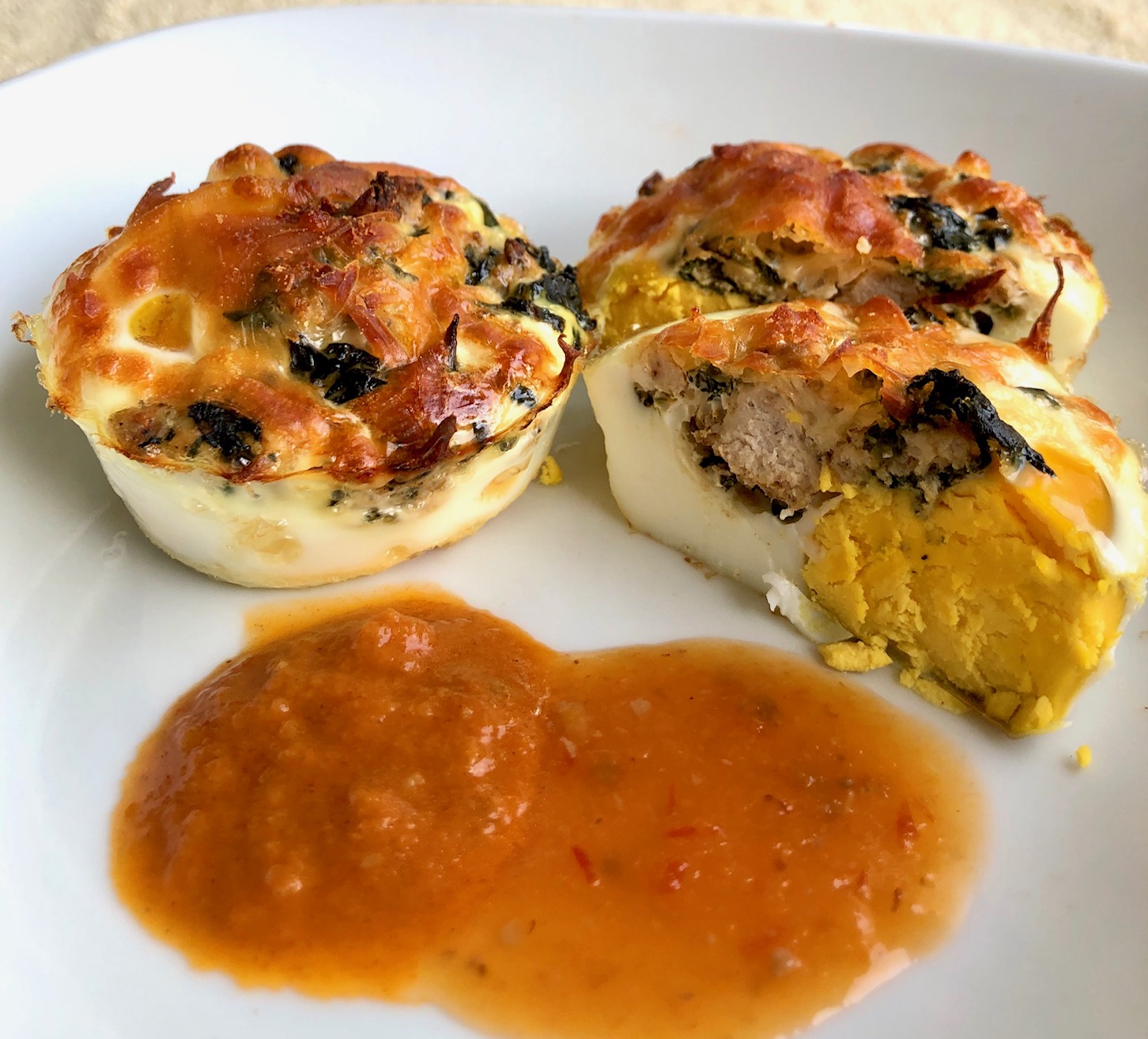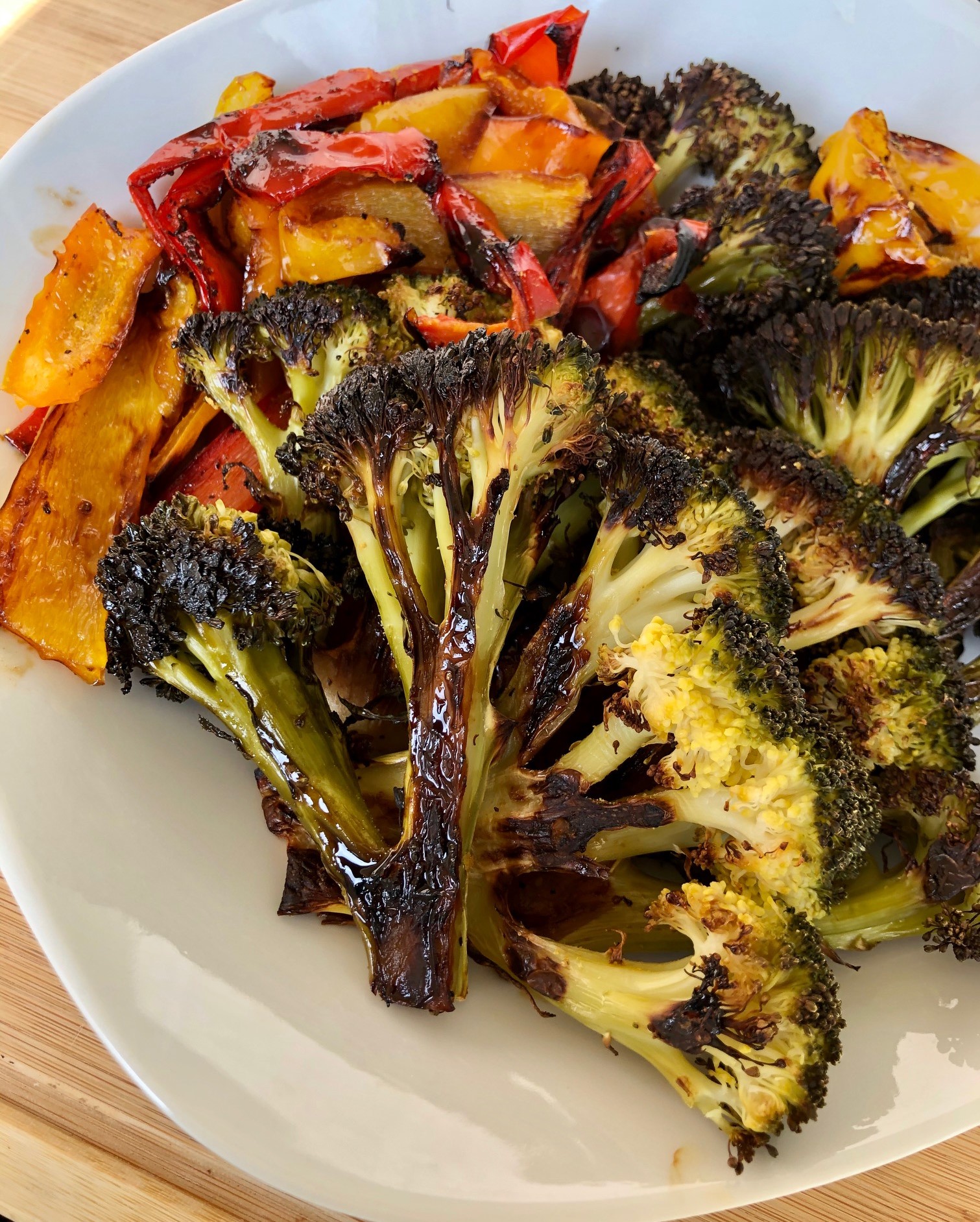
Super simple meal prep! These egg and sausage breakfast bites are a great on-the-go breakfast when you have limited time in the morning.

In the morning, it’s all about fast and easy. These delicious egg and sausage breakfast bites are designed for bulk meal prep to get a high protein breakfast without extra fuss in the kitchen every morning. They provide the full flavor of sausage with a fluffy texture from the egg, and a nice finish with cheese baked on top. Pop in the microwave for 20 seconds, grab some fruit or toast, and go!
I made a pan of home made sausage crumbles to mix in these egg bites so I can control the ingredients and focus on eating less processed foods. The homemade sausage spice hits just the right flavor. To save time, make a large batch of sausage seasoning and store in the pantry.. If you want to kick it up a bit, red chili flakes are a great addition.
The secret ingredient to add deeper flavor is Peri-peri sauce which provides a mild peppery kick and light garlic flavor. I buy this one but there are many available on the market.
I’ve found the best molds to make these are 12 well silicone muffin pans. The egg bites pop right out after cooling. Be sure to place a metal baking sheet underneath for rigid support and heat conduction.
Egg White Bite Nutrition Comparison:
- Starbucks Egg White & Roasted Red Pepper Sous Vide Egg Bites (2 bites): 170 kcal, 12g protein, 11g carbs, 8g fat
- This recipe (2 bites): 125 kcal, 24.5g protein, 1.3g carbs, 2.4g fat.
This recipe also works great with whole eggs (see notes section)!
Whole Egg Bite Nutrition Comparison:
- Starbucks Ham, Cheddar & Peppers Sous Vide Egg Bites (2 bites): 250 kcal, 17g protein, 11g carbs, 16g fat
- Whole egg version of this recipe (2 bites): 219 kcal, 24.6g protein, 2.1g carbs, 12.5g fat

Need personalized nutrition support to reach your physique and health goals? Contact me.
Disclosure: as an amazon associate I earn from qualifying purchases. This supports keeping the website ad and pop-up free.















